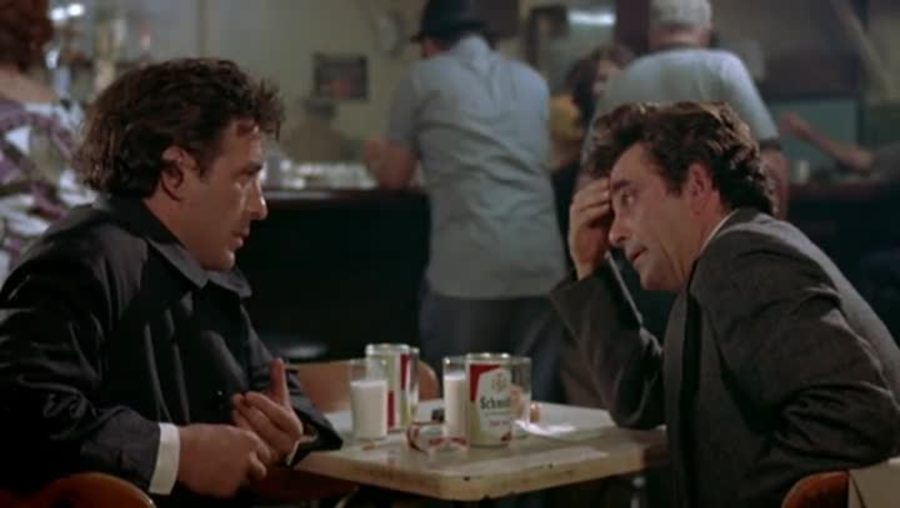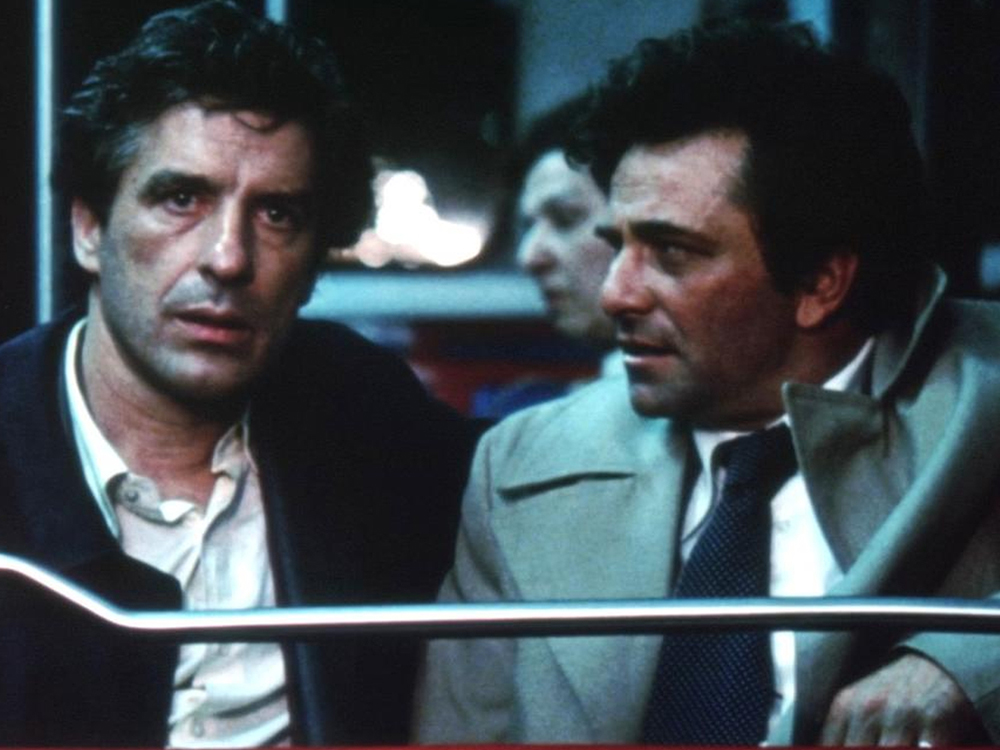The excesses and studio battles around May’s third film ultimately derailed her directing career, but the film’s heart is its penetrating look at the actions of desperate men.
While already an established comedian, writer, and actress by the mid-1970s, Elaine May was still a rising director, gaining fame for her ability to present unlikable men in complicated situations, and understand what exactly makes them tick. May was simultaneously capable of getting a laugh (usually a nervous one) and creating a bold, nuanced take on the dark side of man.
In fact, May might be one of the most overlooked directors of the 1970s. Beginning her directing career with the one-two punch of 1971’s A New Leaf (a film revolving around a man trying to kill his new wife for the insurance money) and 1972’s The Heartbreak Kid (in which a Jewish man starts pining for a gorgeous not-so-Jewish blonde while on his honeymoon), May seemed poised to be another ambitious voice in 70s cinema, at a time when the New Hollywood movement was gathering steam. However, her directing career eventually became a forbidding cautionary tale of what happens to female directors who become “too difficult.”
May’s third film, Mikey and Nicky, is less a crime film and more of hideout film. John Cassavetes perfectly plays Mikey, a terrified gangster who is at the end of his rope. He is emotionally shattered, anxious, and paranoid that there’s been a hit called on him. He can’t be certain who to turn to. The only man he does seem to trust is an old compadre, Nicky (Peter Falk), who he has not been too close with in recent years, but is his oldest friend.
The film takes place over the course of one desperate night. During that night, it’s up to Nicky to help Mikey get out of town before something bad happens. Seeing the two interact with one another, unable to fully commit to any particular mood, is rather enthralling, and brings a live-wire performance out of Falk and Cassavetes. The two characters have known each other since childhood, and have the baggage to prove it. Mikey’s mood swings lead them to some strange places: hotels, bars, buses, and even cemeteries. As the clock winds down, an ordinary-as-they-come assassin, played by Ned Beatty, is hot on Nicky’s trail.

May’s reverence for comedic and dark themes perfectly transitions into Mikey and Nicky, but there’s a newfound despair at play here that hasn’t been felt overtly in her previous work. Perhaps the most uncomfortable scene finds Nicky joining his emotionally frayed girlfriend in her apartment. First, he tells her he loves her, then tries to give her to Mikey as a kindly gesture. Mikey might be slightly more mature and grounded in his demeanor, but he is really no better or wiser; he falls for the setup. The encounter ends soon with a slap in the face, which provokes the two men to storm out, angry at one another for the disaster that has occurred.
These scenes are profoundly uncomfortable, and provide telling evidence of the way both men operate, with one another and within their own egos. These are men ultimately defined by their own greed and desperation.
May was only the third female director to release a film through the major studio system in the sound era; a fact that is as sad as it is impressive. Cassavetes’ attachment to the project isn’t a surprise — Mikey and Nicky feels like a film he himself would direct and cast himself in. By this time, he was already known for making raw, gritty films that lacked polish in favor for intense performances by unorthodox actors. The voyeuristic appeal of these films, and the “off the grid” way they were produced, were not usually tolerated by the studio system. Indeed, during the production of Mikey and Nicky, Paramount Pictures was worried that the film was going over budget (it did) and becoming too unpolished to be commercially viable (it was not).
May’s tumultuous relationship with the studios soured her promising start; Mikey and Nicky would be her last film for over a decade, until she was given another chance at the behest of Warren Beatty to helm what became a much more infamous bomb: Ishtar. That film reportedly cost Sony a small fortune; it was derided almost unanimously by critics upon its release, and became a synonym for a mess of a film. May’s productions were often fraught with creative differences, and frequently going over budget.
Mikey and Nicky was no exception. Reportedly May shot three times as much footage for the film as was standard even for epic films like Gone With The Wind. She would often leave cameras rolling when actors weren’t present, and would hide shot footage from Paramount to maintain creative control of her work. These events eventually put her in director’s jail, but she did find success writing scripts, and even received Oscar nominations for writing The Birdcage and Primary Colors. Given the way films are made now and the type of films that thrive in a world dominated by quasi-indie films made by big companies, May was sadly ahead of her time.
Mikey and Nicky makes its way to the Criterion Collection through a 4k digital blu-ray presentation, supervised by director Elaine May, along with an uncompressed monaural soundtrack. The film has never had a blu-ray release, so this is a considerable upgrade.
Supplements included are: a new making-of-the-film program featuring interviews with distributor Julian Schlossberg and actor Joyce Van Patten, a new interview with critics Richard Brody and Carrie Rickey, and an audio interview with Peter Falk from 1976, along with a trailer and TV spot. Author and critic Nathan Rabin contributes the essay. Rabin is a fantastic writer and clearly has enormous respect and enthusiasm for May’s work, giving much insight into her career.
May herself is absent in just about all of the supplementary material, and that’s a shame, if predictable; she’s notoriously private. However, the material presented is decent enough, and the film’s presentation is better than ever before.
Elaine May
1976
United States
Spine #957
Available on DVD & Blu-Ray



